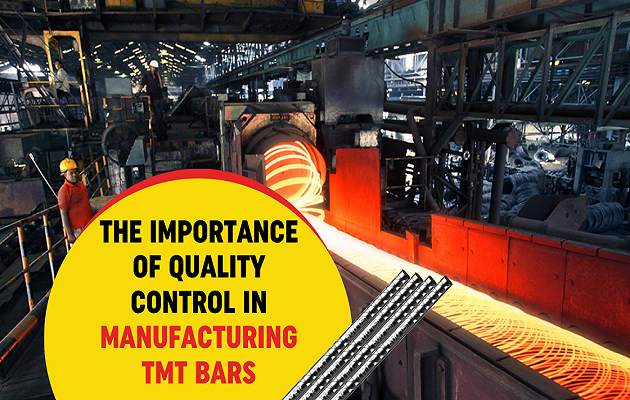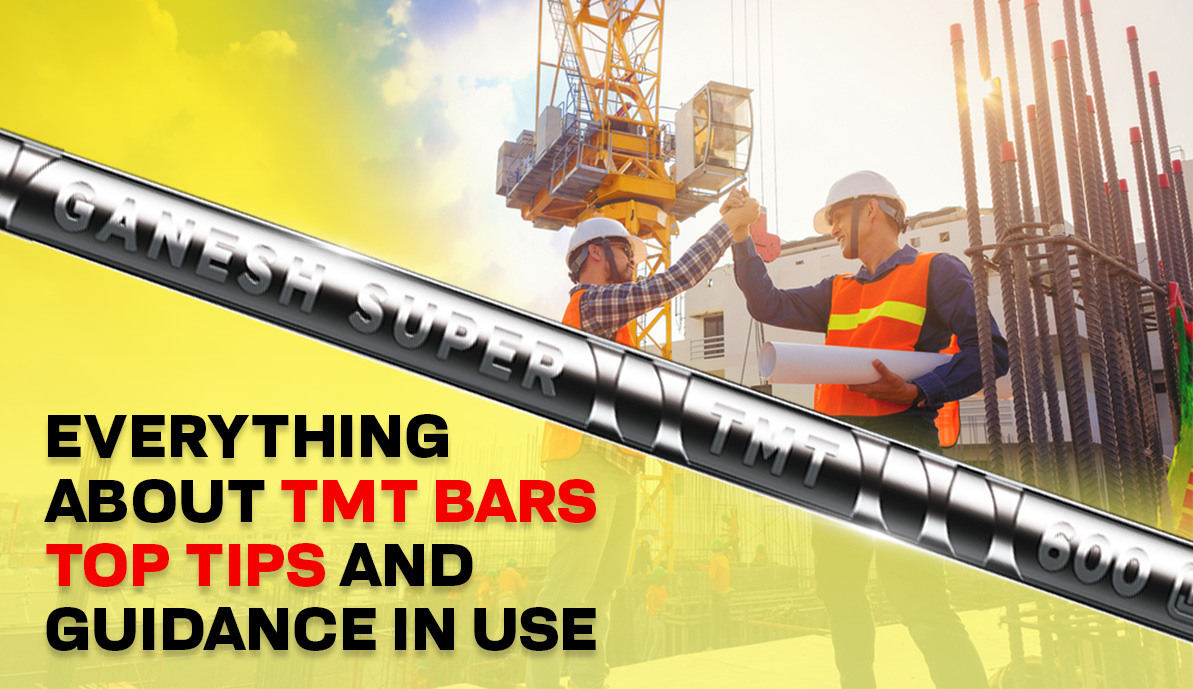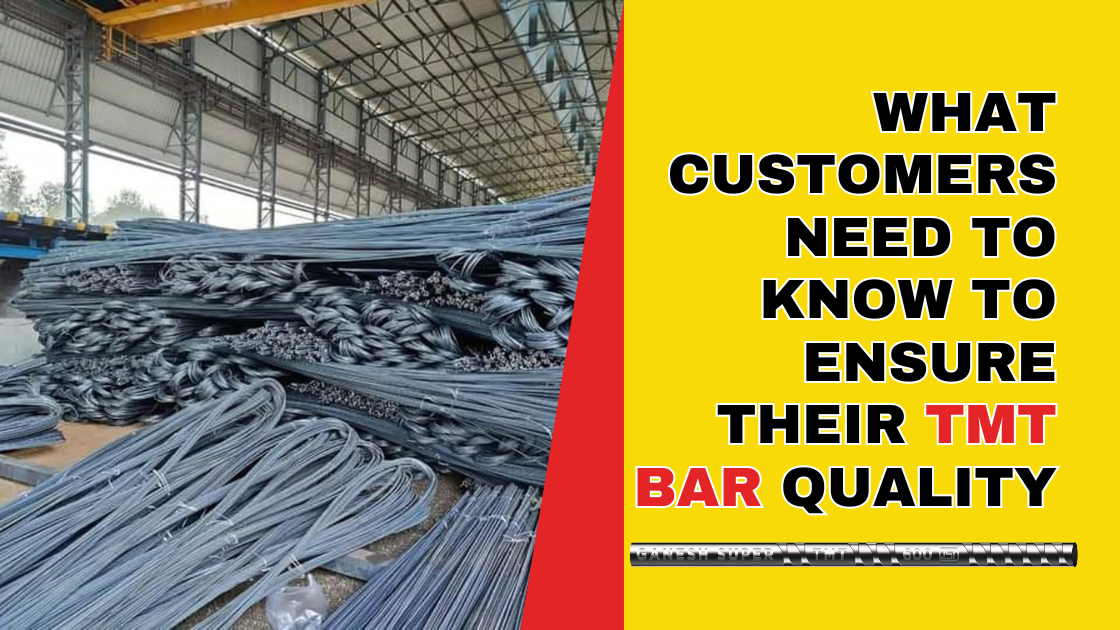Assurance of the best quality of bars available at cost-effective prices gives confidence to the construction industry to progress forward and aim big. This article explores different aspects of quality control measures to understand the importance of high-quality TMT bars.
Quality Control Methods of TMT Bars
Analysis of Chemical Composition
The TMT bars contain various chemicals, like carbon, sulfur, and phosphorus, in different percentages. The presence of these chemicals enhances their quality. Carbon produces corrosion resistance properties, which protect the bars from rusting. The presence of carbon within the benchmark limit makes TMT bars sturdy, ductile, and durable.
Similarly, the phosphorus and sulfur in TMT bars influence the formation of pearlite, bainite, and ferrite grains. A high percentage of these chemicals reduces the bendability of the bars. However, limited presence is effective for making the bars ductile and increasing yield strength.
Therefore, analyzing the chemical composition of TMT bars is critical to attesting to their quality standard. The TMT bar manufacturers use different methods, such as X-ray, spectroscopy, and fluorescence testing, to measure the key chemical composition. When they conclude that the percentage of chemicals is within the industry benchmark limit, the manufacturers proceed to the next stage of the operations process.
Testing of Mechanical Properties
The TMT bar suppliers check the quality testing certification before accepting the products. Therefore, testing the mechanical properties of TMT bars to ensure their superiority is paramount for reputed TMT bars supplier Ganesh Super. We follow three types of testing to attest to the high quality of the bars: yield stress test, tensile strength test, and ultrasonic test.
Yield Stress Test
The yield stress test checks the elasticity of TMT bars. While keeping one end fixed, load is applied on the other end to check if the TMT bars break. The process aims to put pressure to reach the point below the limit when the TMT bars will deform. This process checks if, with the removal of load, the TMT bars bounce back to their original point.
If the pressure reaches beyond the yield point, the TMT bars will break. Therefore, TMT bar manufacturers identify the maximum yield stress the bar can withstand through the process.
Tensile Strength Test
The test helps to identify the rigidity of TMT bars. The rigidity of mild to strong TMT bars is determined by producing tensile force to break them. This process helps to identify Young’s modulus and prolongation rate.
The test ensures the maximum tensile stress the TMT bars can endure. Due to different chemical compositions, manufacturing processes, and other influences, different grades of TMT bars have different tensile strengths.
Therefore, testing tensile strength is highly significant in attesting to the best quality of the TMT bars. The maximum limit of load-bearing capacity identifies the degree to which the bars can withstand seismic pressure and other forces.
Ultrasonic Test
The testing process allows ultrasonic high-frequency sound waves to pass through the TMT bars. The process aims to identify any flaws, cracks, or impurities present in the metal. The sound waves travel from one end to the other end of the TMT bars. On reaching the boundary, the ray will either transmit or reflect. Any interruption in the path indicates the presence of certain impurities or cracks in the TMT steel bar.
Visual Inspection
The TMT bar manufacturers conduct intense visual inspections at the initial and final stages of quality checking. Monitoring the body of TMT bars for developing rust, cracks, or deformities helps to separate the best lots of bars from the defective ones.
This process makes engineers’ jobs much easier, as they can determine and plan the next stage of operations to ensure all the TMT bars reflect the best quality. The suppliers of reputed TMT bars follow the same process to ascertain the best quality of the TMT bars.
Many times, the visual inspection of bars after each quality testing process ensures that the bars are of superior quality. In case of any abnormalities present, the system separates the bars lot for reexamination and further correction to maintain high-quality standards in the dispatchable bars.
Corrosion Testing
While conducting corrosion testing, the system creates an artificial environment mimicking the actual environment, which will impact the TMT bars in the real world. The process uses electrochemical and metallurgical substances to check if the TMT bars develop any rust or corrosion.
If the environment identifies the TMT bar lot as highly corrosive, the production process destroys the lot and rebuilds the TMT bar, which shows high corrosion-resistance properties. Upon successfully passing the corrosion testing, the TMT bars manufacturers send the lot to reputed suppliers.
Key Certification Provisions
ISO Certification
The reputed TMT bars manufacturer Ganesh Super adheres to stringent ISO standards. The company produces TMT bars adhering to the ISO 9001:2005 standard. The key aim remains to produce high-quality TMT bars that make constructions and infrastructures sustainable for a long time.
The buildings and infrastructure made of ISO-certified TMT bars withstand seismic pressure and have high corrosion resistance properties. The certification also attests to the maximum tensile and yield strength of different types of TMT bars to facilitate engineers to choose only the best at a reasonable price from the innumerable choices.
BIS Certification
Attesting to TMT bars with BIS quality standards is moving to another stage to ensure the bars’ superior quality. The IS 1786:2008 standard is similar to other internationally acclaimed quality standards, such as ASTM, BST, BS, and others.
Making the TMT bars, BIS certified helps improve quality benchmarks such as strength, flexibility, elongation, and other factors critical for developing a solid infrastructure. The reputed TMT bars suppliers stock only the certified TMT bars to assist engineers in choosing the best.
Conclusion
The TMT bars withstand a lot of environmental impacts such as heat, cold, rain, earthquakes, and others. As the bars form the basic structure of construction, the better the quality of the bars, the more sustainable the structure will become. Engineers design and develop infrastructure based on various calculations such as load-bearing capacity, surface area, cohesion of soil, and various other factors. However, deploying superior-quality TMT bars is the most critical factor that gives desirable results to long-term planning and construction design. Therefore, buy TMT bars only from Ganesh Super, which understands the soul of construction.





